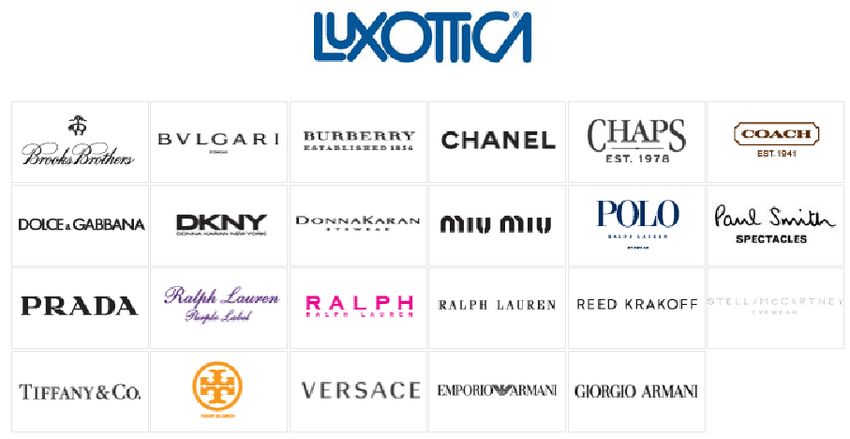Key Highlights
• Luxottica, founded in 1961 by Leonardo Del Vecchio, has strategically grown from a small spectacle parts maker in Italy into the global giant controlling over 80% of the designer eyewear market.
• The company designs, manufactures, distributes, and retails sunglasses and prescription frames for over 30 leading brands including Ray-Ban, Oakley, Prada, Chanel, Versace, and more.
• Luxottica’s business model of vertical integration — owning both production and retail channels like LensCrafters and Sunglass Hut — has allowed unparalleled control over design, pricing, and distribution.
• The 2018 merger with French lens-maker Essilor created EssilorLuxottica, a powerhouse with a combined market valuation around $70 billion and a dominant position in vision care and eyewear.
• Recent moves such as acquiring streetwear brand Supreme and expanding into vision health insurance illustrate its drive to diversify beyond traditional eyewear.
Building an Empire Behind the Scenes
Luxottica’s dominance is a classic case of a quiet, patient takeover rather than aggressive takeover headlines. By systematically acquiring premium and luxury eyewear brands, along with some of the largest retail chains, Luxottica positioned itself as the gatekeeper of what consumers see on their faces worldwide.
Rather than just designing glasses, Luxottica controls the entire supply chain — from crafting proprietary lens technology, overseeing design and manufacturing, to controlling retail experiences. This vertical integration creates barriers to entry for competitors, enabling Luxottica to:
• Set industry pricing,
• Maintain stringent quality controls,
• Optimize market coverage,
• And simultaneously manage multiple premium and mass-market brands without cannibalization.
Iconic Brands Under One Roof
Some of the biggest names in fashion licensing their eyewear production to Luxottica include Prada, Chanel, Giorgio Armani, Burberry, and Versace. Brands like Ray-Ban and Oakley, owned outright by the group, serve as cash cows fueling research and innovation.
The company’s investment in patented technologies, with thousands of patents filed, lets it stay ahead in lens innovation and design. For instance, the revival of Ray-Ban included moving production in-house, elevating quality, enhancing retail placement, and personalizing products, all boosting its cachet and sales dramatically.
Retail Muscle and Consumer Trust
Luxottica operates thousands of retail outlets globally, including LensCrafters, Sunglass Hut, Pearl Vision, and Glasses.com. This retail dominance ensures their eyewear brands are prominently positioned to consumers and facilitates cross-selling opportunities, such as integrating lens manufacturing with frame sales and vision insurance plans.
Diversity in Offerings and Geographic Reach
Today, EssilorLuxottica is present in more than 150 countries, with an employee base exceeding 140,000. The company serves everyone from luxury fashion consumers to budget-conscious buyers through an expansive portfolio and pricing strategy.
Innovating Beyond Eyewear
Luxottica recently acquired Supreme, marking a strategic move into lifestyle and streetwear, connecting with younger customers and broadening brand relevance. The company also continues expanding its medical and vision health insurance businesses, positioning itself as a holistic vision care provider.
A Market Quietly Controlled
Despite its vast market control, Luxottica’s hold is often invisible to the everyday consumer, who may assume designer eyewear brands are independent companies. The company’s strategy of licensing eyewear production and brand collaborations has fostered this illusion, effectively creating a near-monopoly in the eyewear space without overt dominance.
Looking Ahead
As the global eyewear market is projected to reach $268 billion by 2029, Luxottica’s combined design, production, retail, and insurance expertise position it well to maintain leadership. Its focus on innovation, smart acquisitions, and integrating cutting-edge technology into eyewear and vision care will likely define its growth in the coming decade.
Conclusion
Luxottica’s quiet takeover of the eyewear world is a masterclass in strategic vertical integration, brand management, and market control. From humble Italian roots to a sprawling global giant, it authoritatively shapes how millions see the world—across price points, styles, and continents—making it fashion’s most overlooked powerhouse.
Source: EssilorLuxottica, Forbes, Fortune

